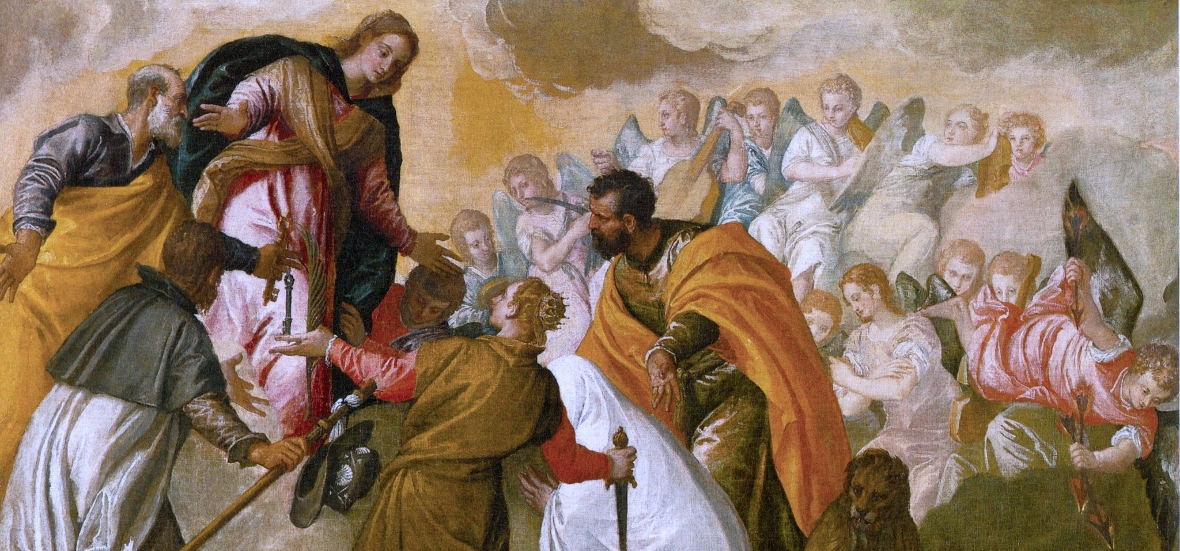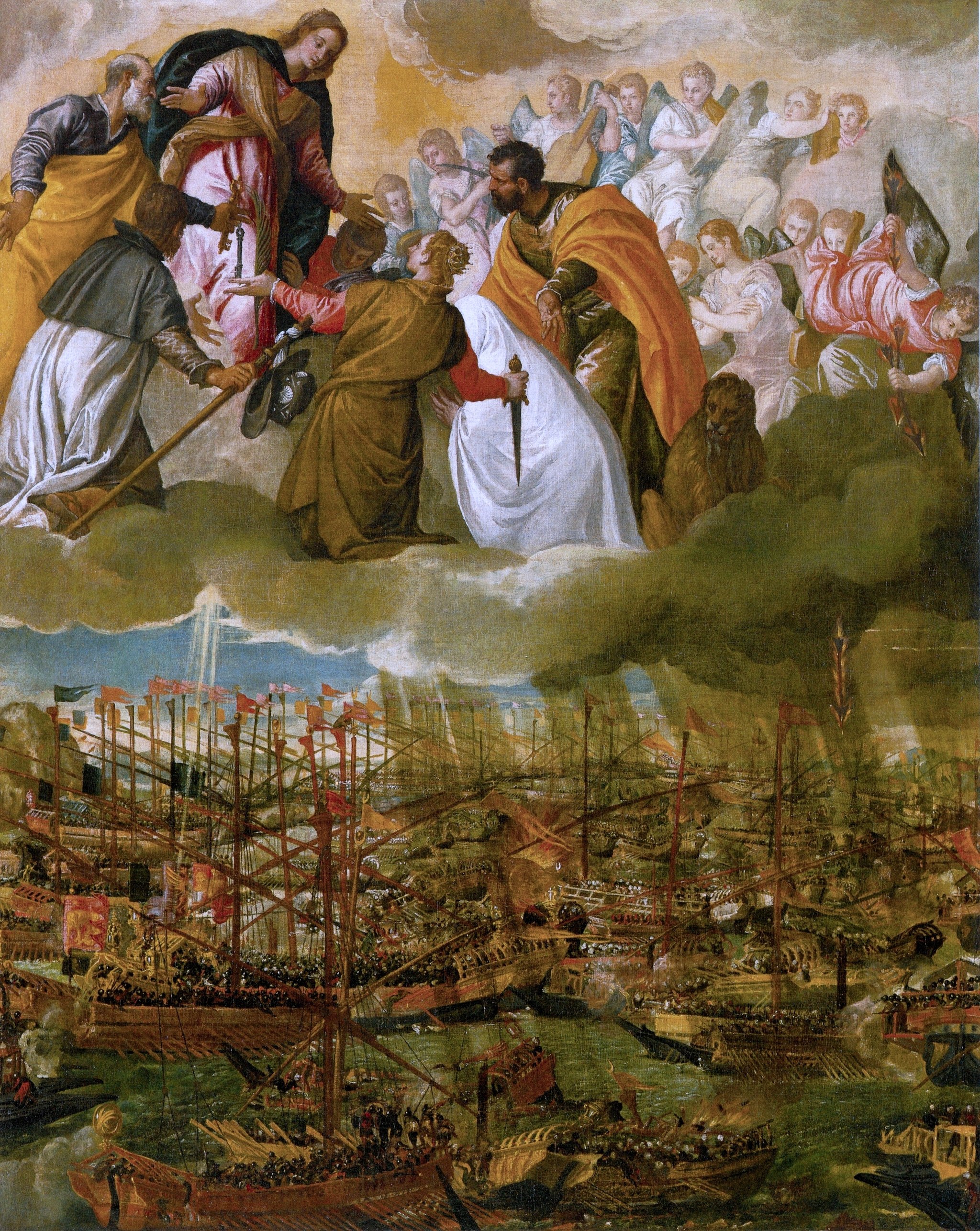
Patti Maguire Armstrong recounts the history behind the Feast of Our Lady of the Rosary, noting its importance in today's world.
The feast of Our Lady of the Rosary on October 7, also known as Our Lady of Victory, began as a celebration of the victory of the Battle of Lepanto — securing European Christendom against a Turkish invasion on October 7, 1571. It is an example of victory and the power of the Blessed Mother to shore us up. She nursed Jesus in a manger, stood at the foot of His Cross at the Crucifixion, and now comforts and strengthens us in our trials.
Pope St. Pius V attributed the victory at Lepanto — one of the most decisive in all of naval history according to historians — to the intercession of the Blessed Virgin Mary through a campaign to pray the Rosary throughout Europe. The Muslim Ottoman Empire had been expanding into Europe for 900 years. By 1453 they took over Christian lands in the Byzantine Empire, placing it under Islamic law. Westward movement continued into the Mediterranean, even threatening Rome.
Pope Pius V called for prayer and action. He pleaded with every man, woman, and child to pray the Rosary. He also put together the Holy League — a coalition of Catholic powers which included Genoa, Spain, and the Papal States.
The ships sailed near the west coast of Greece where the Turks vastly outnumbered them. The Pope, Christians throughout Europe, and crew members all armed themselves with the Rosary in preparation for the battle. Mass was said on all the 200 ships. People prayed from dawn to dusk. The wind was against the Christians and the heavy iron rams — which ordinarily would ram and sink adversaries — had been removed. The reason was that over 18,000 Christian slaves were oarsmen in the galleys. The Holy Alliance chose to handicap themselves rather than sacrifice the Christian slaves.
As the battle commenced, everyone kept praying. Author Ron Tesoriero recounts the fierce clash in his book Reason to Believe.
By late afternoon at 4:00 pm on the 7th of October, the exhausted Pope rose and went to the window of the basilica of Santa Maria Maggiore. He gazed out and burst into tears. Vatican archival documents tell how he then turned to face the congregation with the exultant words: "The Christian fleet is victorious! Our great task at present is to thank God for the victory he has given."
The victory was decisive and crushing. It marked a turning point in the history of Christianity and of Europe. Between 25,000 and 30,000 Turks and 9,000 Christians lost their lives. There was no way that anyone hundreds of miles away in Rome could have known of the outcome until news reached there by the usual means, a journey of days. There was certainly no way that anyone could have known that the Holy Alliance claimed victory at exactly 4:00 pm.
Pope Pius V instituted the feast in thanksgiving for the victory as Our Lady of the Rosary. This feast and the Rosary is not just for the past, but also for today as we pray to overcome anti-Christian forces.
When the Blessed Mother appeared monthly in Fatima, Portugal to three shepherd children from May to October in 1917, each time she asked them to pray the Rosary daily. During the last apparition on October 13, she said, “I am the Lady of the Rosary. Continue always to pray the Rosary every day.”
The daily Rosary is not a task; it is a gift from Our Lady and an opportunity for her help in our families and in our world.

Copyright 2020 Patti Maguire Armstrong
Image: Paolo Veronese (1528-1588), "The Battle of Lepanto," 1571, Public Domain
About the Author

Patti Maguire Armstrong
Patti Maguire Armstrong is an award-winning journalist and author, managing editor and co-author of bestselling Amazing Grace Series. Her latest books are Dear God, I Don't Get It, Dear God, You Can't Be Serious!, What Would Monica Do?, and Holy Hacks. Patti worked in social work and public administration before freelance writing while she and Mark raised their 10 children. Twitter: @PattiArmstrong; blogs at PattiMaguireArmstrong.com


.png?width=1806&height=731&name=CatholicMom_hcfm_logo1_pos_871c_2728c%20(002).png)
Comments